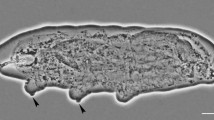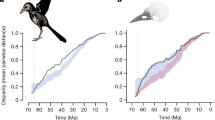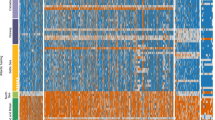Abstract
AMONG some very useful and important papers recently issued by the Museum of Zoology of the University College, Dundee, appears one by Prof. D'Arcy Thompson, “On the Systematic Position of Hesperornis.” In this excellent scientific brochure, Prof. Thompson has critically compared in detail the skeleton of a diver (Colymbus septentrionalis) with the skeleton of Hesperornis, as presented us by Marsh; and the outcome of this investigation has fully convinced the author of the work in question of the kinship, which undoubtedly exists, between the extinct Hesperornis and the existing pogopodine birds, as the divers, loons, and grebes. We have long been satisfied of these affinities, and firmly believed that the Colymbidæ were the descendants, perhaps direct descendants, of the toothed birds of the genus Hesperornis. It required but such comparison as has been so ably instituted by Prof. Thompson to make it quite clear to any thoughtful anatomist; and, as he hints, a similar comparison will probably go to show the fact that another extinct toothed bird-form, Ichthyornis, lies in the line of descent of the terns and their allies.
This is a preview of subscription content, access via your institution
Access options
Subscribe to this journal
Receive 51 print issues and online access
$199.00 per year
only $3.90 per issue
Buy this article
- Purchase on SpringerLink
- Instant access to full article PDF
Prices may be subject to local taxes which are calculated during checkout
Similar content being viewed by others
Author information
Authors and Affiliations
Rights and permissions
About this article
Cite this article
SHUFELDT, R. On the Affinities of Hesperornis. Nature 43, 176 (1890). https://doi.org/10.1038/043176a0
Issue date:
DOI: https://doi.org/10.1038/043176a0
This article is cited by
-
Neogaeornis wetzeli n. g. n. sp. der erste Kreidevogel der südlichen Hemisphäre
Paläontologische Zeitschrift (1929)



